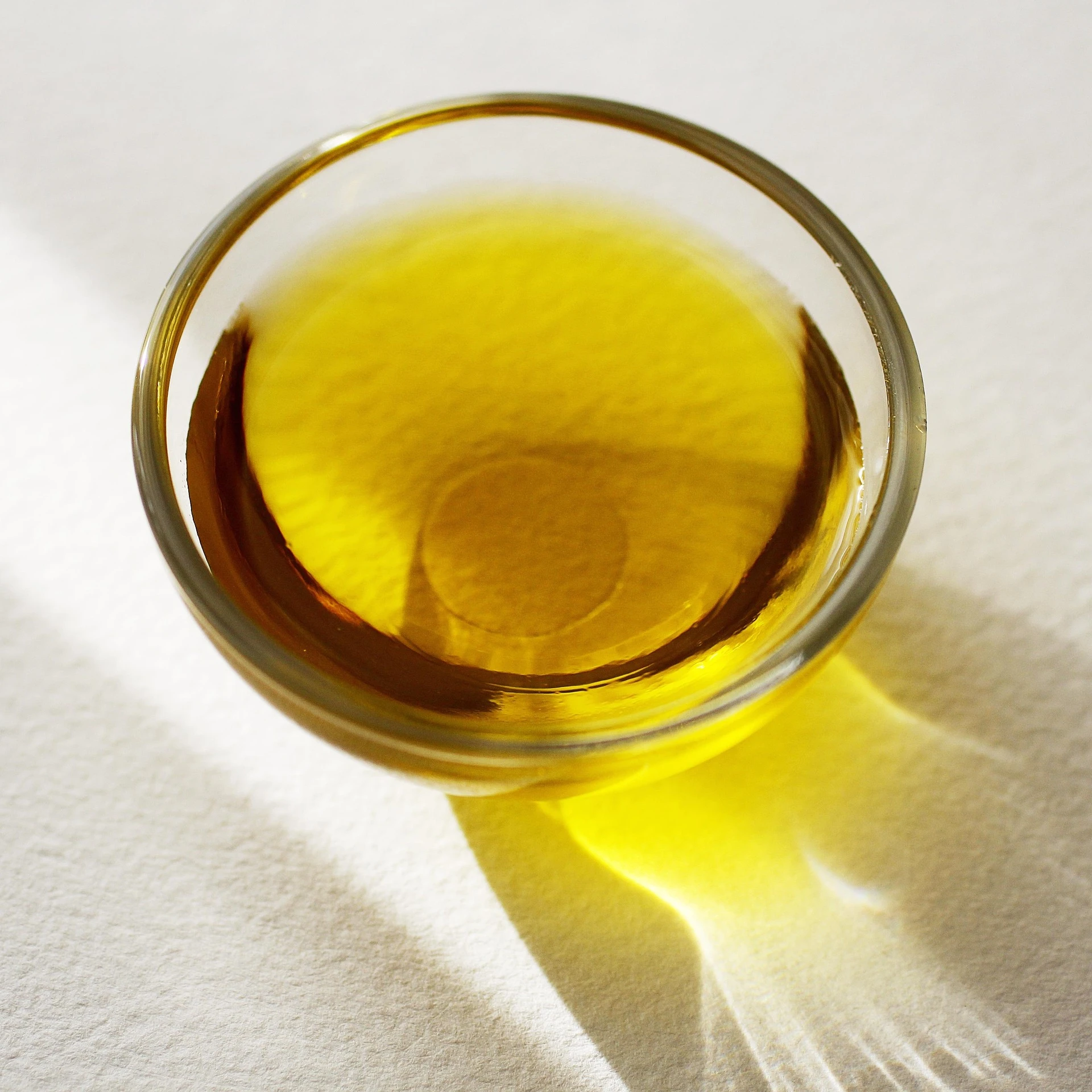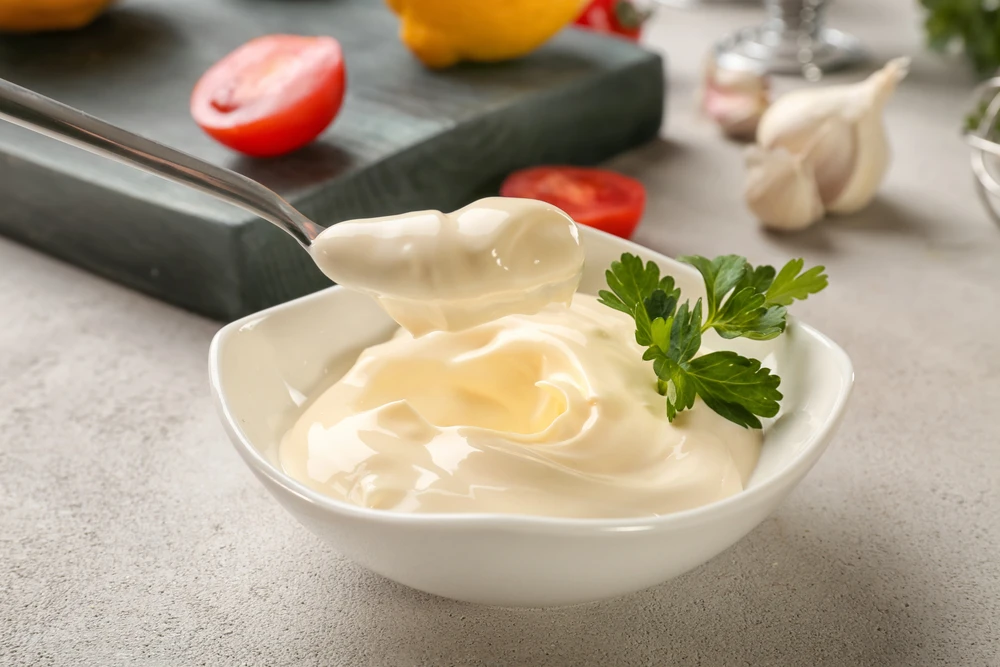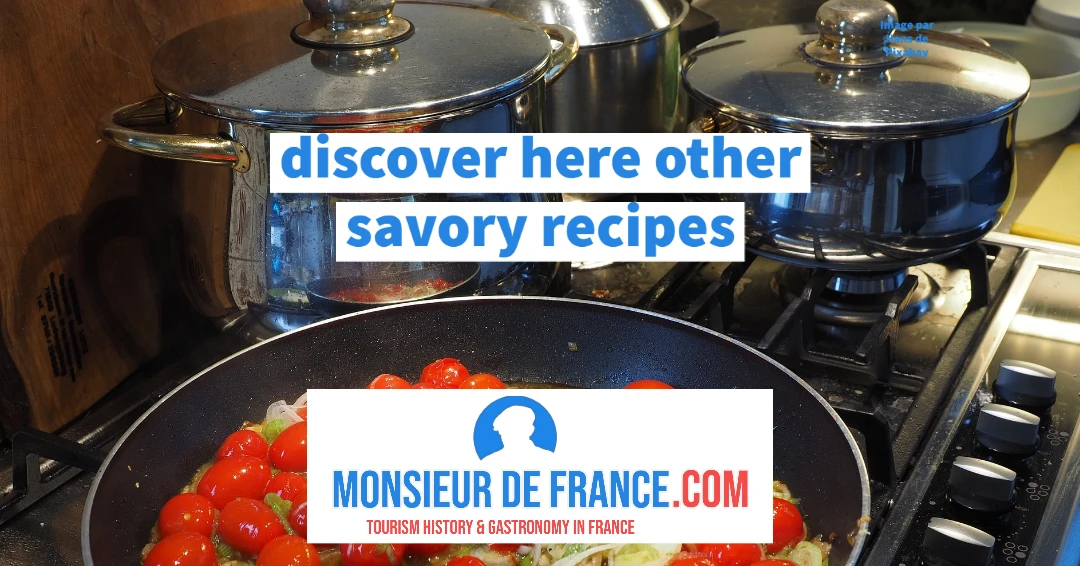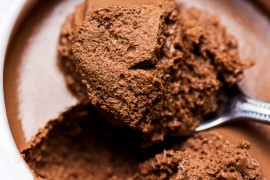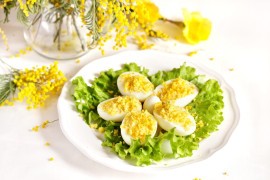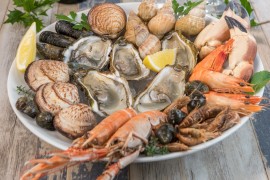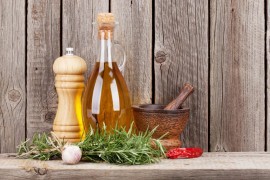How to make a real mayonnaise?
The essential ingredients for homemade mayonnaise
For a successful mayonnaise, choose ingredients that are fresh and at the same temperature :
-
1 egg yolk
-
1 teaspoon strong mustard
-
20 cl oil (preferably sunflower, rapeseed or peanut)
-
Salt and pepper
-
A few drops of vinegar or lemon juice
Tip: the oil should be neutral so as not to mask the flavor of the sauce.
Oil is essential for mayonnaise. Take the neutral / image chosen by monsieurdefrance.com: Ronny Hvass de Pixabay
Steps for making easy homemade mayonnaise
-
Place the egg yolk and mustard in a bowl.
-
Start whisking vigorously.
-
Pour in the oil in a fine stream, beating constantly.
-
The mayonnaise thickens gradually; adjust the texture according to the amount of oil.
-
Season with salt, pepper, vinegar or lemon.
Tip: always whisk in the same direction to stabilize the emulsion.
Mayonnaise – photo par Africa Studio/Shutterstock.com
Mistakes to avoid with mayonnaise
-
Pour the oil too quickly: the emulsion breaks.
-
Use cold ingredients: they should be at room temperature.
-
Beat too much after setting: the sauce may liquefy.
Catch-up tip: if the mayonnaise "falls apart", place a new egg yolk in a bowl and gradually whisk in the failed mixture.
Mayonnaise variants
-
Aïoli: garlic mayonnaise, a must in Provence.
-
Tartare: mayonnaise enhanced with capers, gherkins, herbs.
-
Cocktail: mayonnaise sweetened with ketchup and a dash of cognac.
-
Mayonnaise with wasabi or curry: a modern, spicy version.
Each variation gives mayonnaise a new personality and makes it suitable for any dish.
What to serve the mayonnaise with?
Mayonnaise sublishes seafood (shrimps, crabs), accompanies cold meats (roast beef, poultry), crudités (carrots, celery, radishes), and garnishes sandwiches and salads.
In summer, it pairs perfectly with grillades and crisp vegetables.
Astuce
For a more easily digestible mayonnaise, you can mix two oils (sunflower and rapeseed, for example). And if you want a lighter sauce, add a spoonful of plain yoghurt: the texture will remain creamy but softer.
Where does the mayonnaise come from?
For some culinary historians, it's a deaf story. It would have been born in Bayonne in the Basque country, would have been called bayonnaise at first, and this "bayonnaise" would have become mayonnaise, go figure why. Others tell us that mayonnaise would be a "mahonnaise", named after Port-Mahon in the Balearic Islands in Spain. A kind of aioli has long been made there, and the recipe is very reminiscent of mayonnaise. Finally, some keep Port-Mahon as the birthplace, but with a French idea. In 1751, Marshal de Richelieu, a great warlord and seducer of the Versailles court, is said to have won the battle of Port-Mahon against the English. His cook, to accompany an impromptu meal, is said to have mixed a few eggs with olive oil: the mahonnaise was born, which later became mayonnaise.
What's certain is that the first to talk about it and write down the recipe was Carême, the great chef of the XIXᵉ century, nicknamed "cook of kings and king of cooks".
Portrait of Maréchal de Richelieu by Jean Marc NATTIER (18th century);
FAQ Easy mayonnaise recipe
What are the ingredients for easy homemade mayonnaise?
One egg yolk, neutral oil, a spoonful of mustard, salt, pepper and a little vinegar or lemon juice.
How to make homemade mayonnaise?
Beat the yolk with the mustard, then add the oil in a very fine stream, whisking constantly until thickened.
Why doesn't homemade mayonnaise rise?
Because the oil is poured too quickly or the ingredients are not at room temperature.
Can homemade mayonnaise be prepared in advance?
Yes, it can be made a few hours beforehand, but must be kept refrigerated and eaten quickly.
How long does homemade mayonnaise keep?
Homemade mayonnaise keeps for 1 to 2 days maximum in the fridge, in an airtight container.

